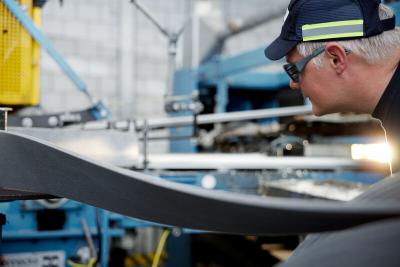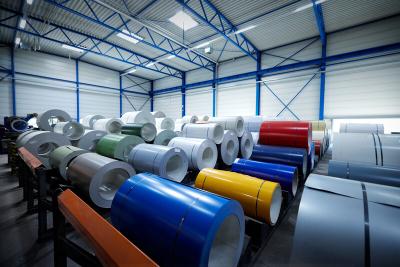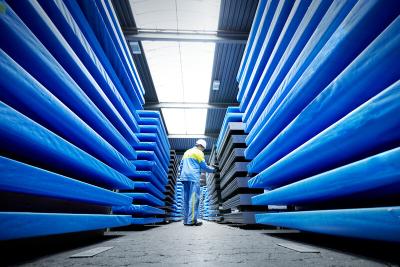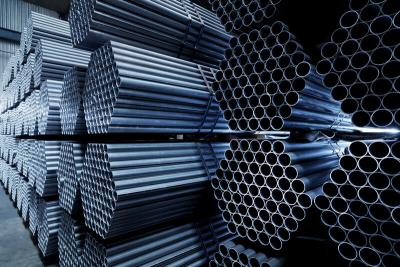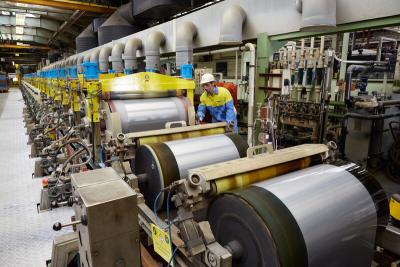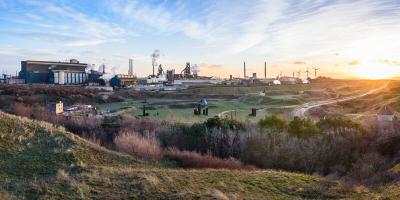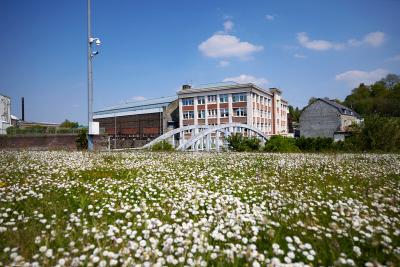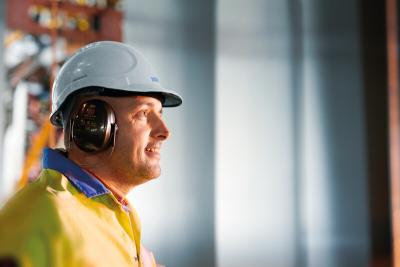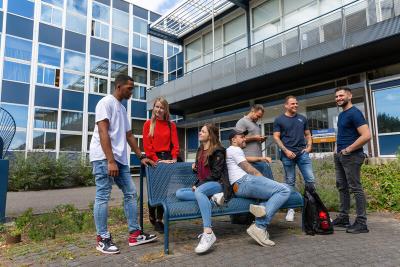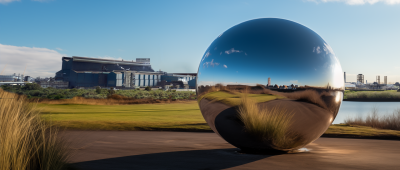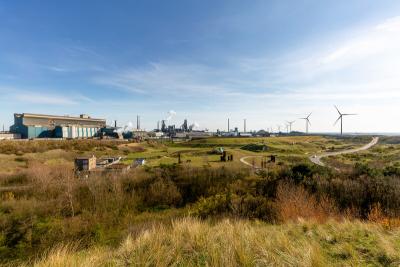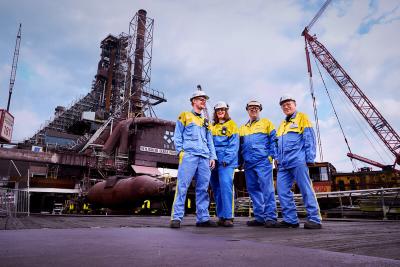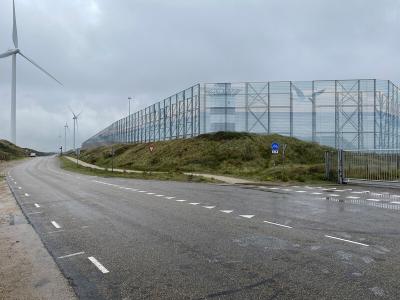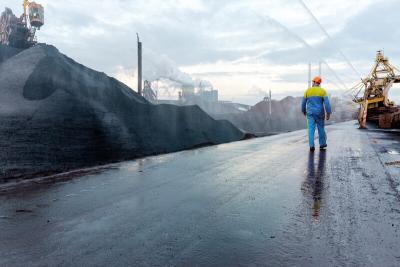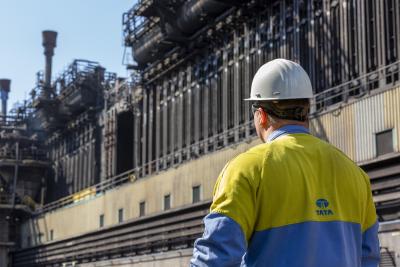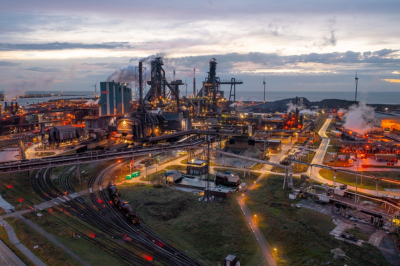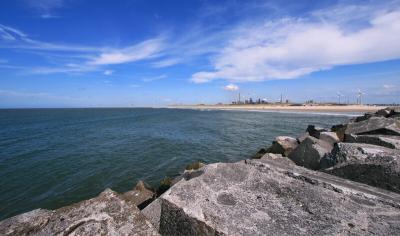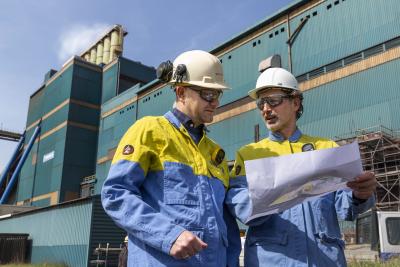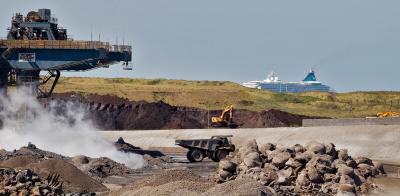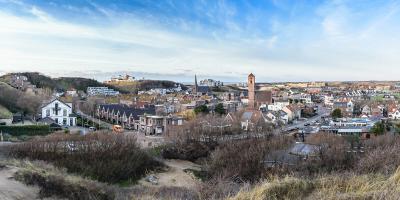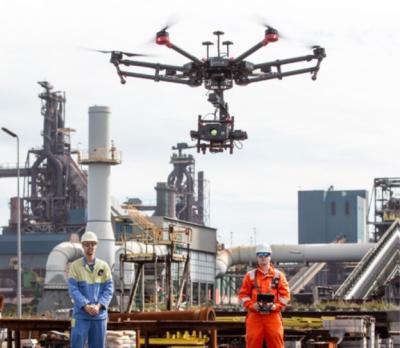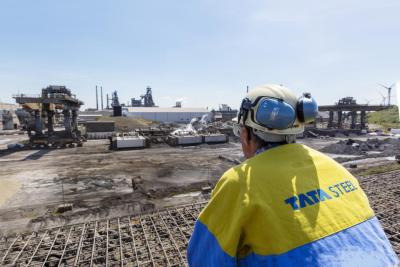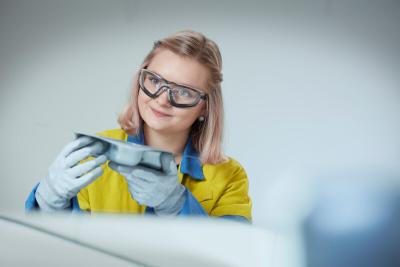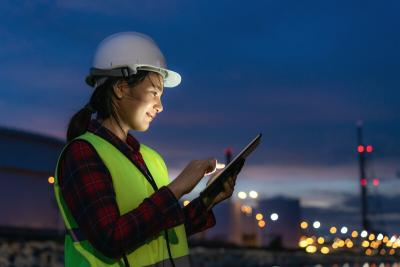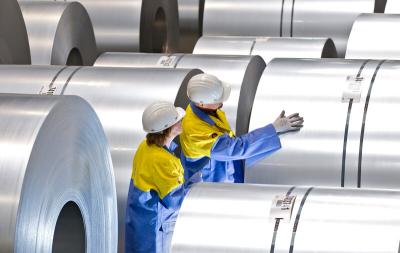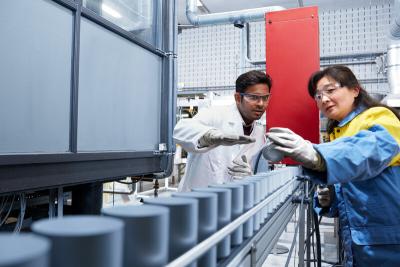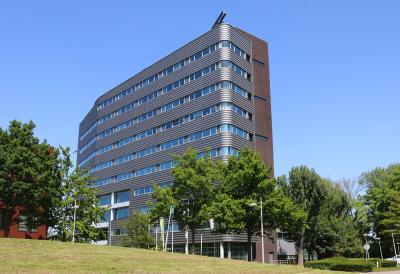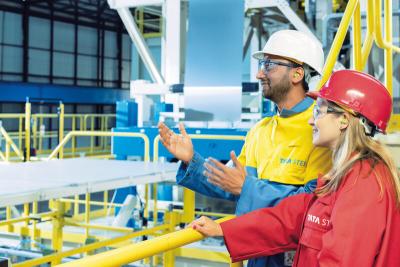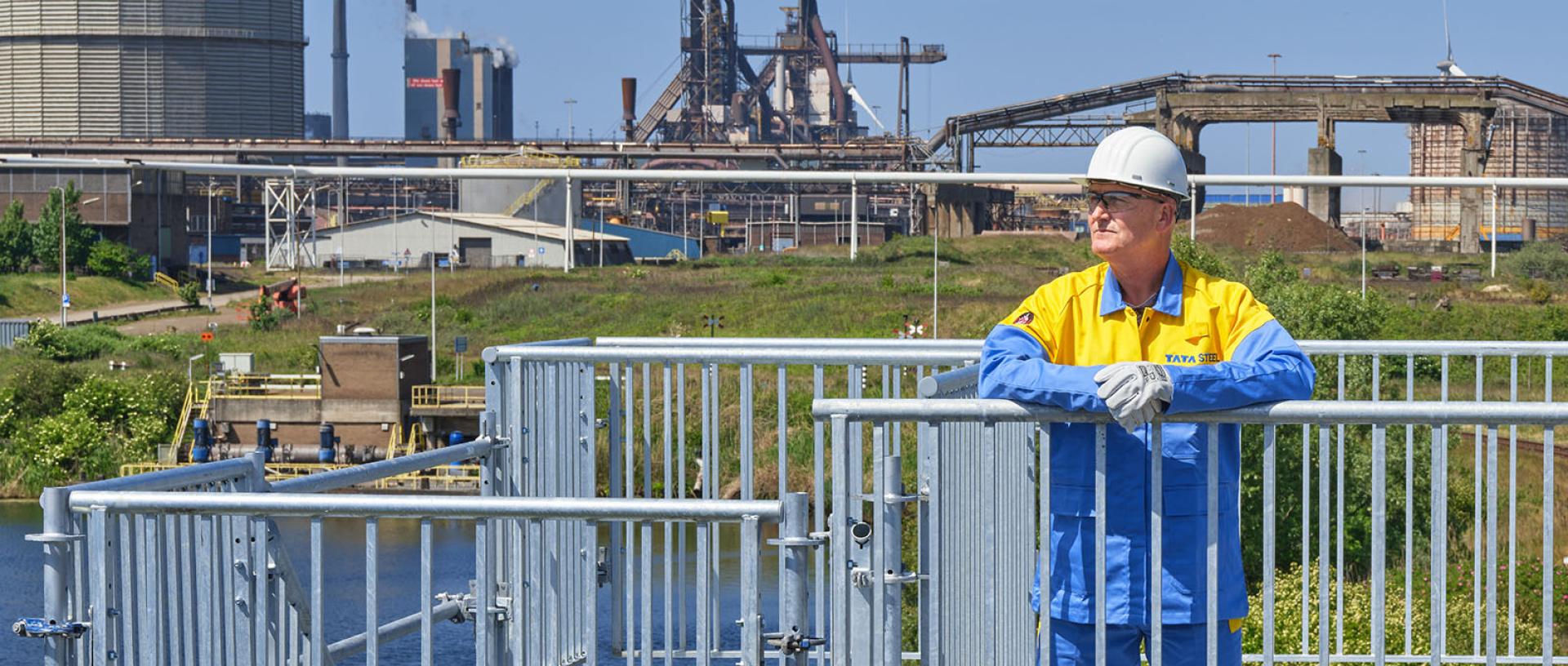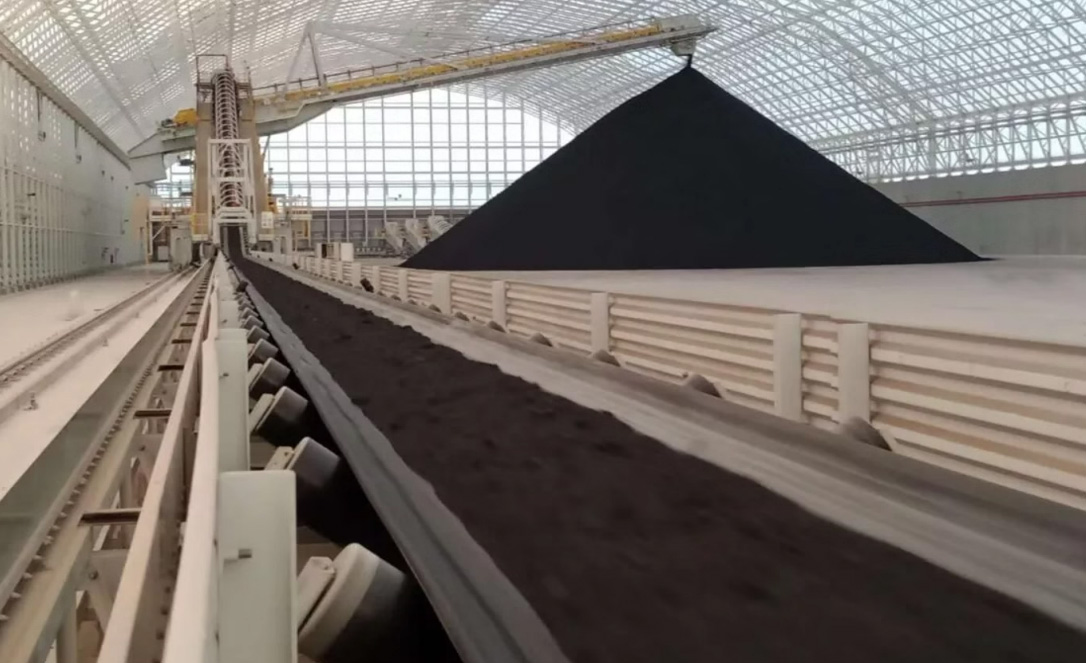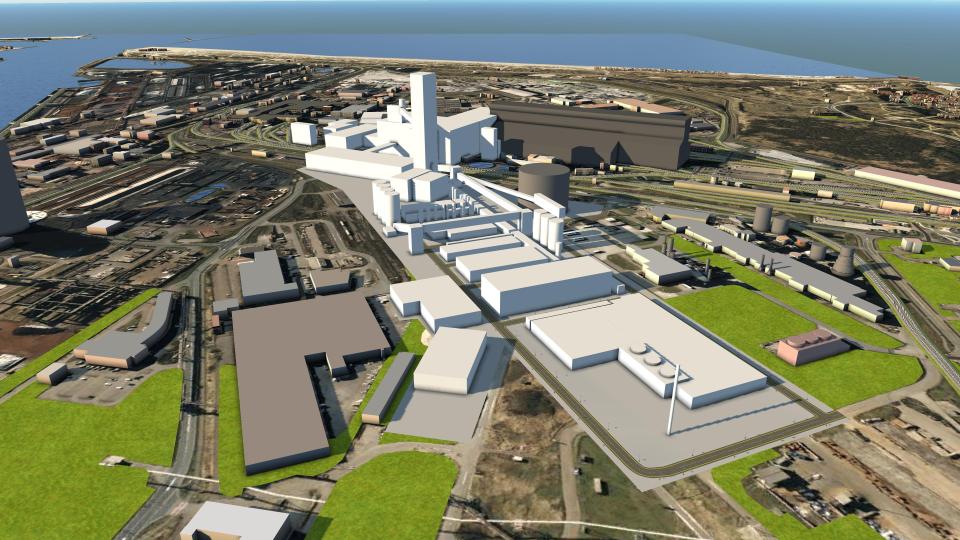Steel making can and should be more sustainable. An important step to achieve this is replacing Cokes and Gas Plant 2 and Blast Furnace 7 with cleaner installations. What this transition means for the environment is described in the Environmental Impact Assessment (EIA).
Environmental Impact Assessment
To eventually commission the cleaner plants, we are going through an established licensing process. The EIA is an important part of this. It sets out the impact of each phase of the project on the environment - from preparing the site for construction to commissioning the new plants. The report, consisting of thousands of pages, describes, among other things, the effects on emissions, biodiversity and water quality, as well as what measures we are taking to reduce negative impacts. Meanwhile, the EIA has been submitted to the province of Noord-Holland and the Environmental Service (Omgevingsdienst).
Key Outcomes
- 40% reduction in CO₂ emissions
- Decrease in sulphur dioxide (SO₂) and substances of very high concern (PHS)
- Less odour pollution and a slight decrease in noise levels
- Significant decrease in nitrogen deposition on Natura 2000 areas
Timeline regarding permits
In late 2024, we submitted a draft EIA to the province of North Holland. The responses have since been processed into a final version, which was formally submitted at the end of June 2025. The province and the NZKG Environmental Service have about a year to fully review the plan and reach a decision. After that, the province will prepare the draft project decision and the Omgevingsdienst will prepare the draft permits. Once this is published on their website, interested parties can submit views to which adjustments may follow. We expect this to give us the green light to transition to more sustainable steel production in 2030.
Involving local residents
This transition to a different way of making steel also affects the living environment. That is why we involve local residents and other stakeholders. Our participation plan, approved by the province of North Holland, explains how we do this. We regularly organise meetings and consult with various interest groups.
Government support
After years of research into more sustainable steel production, in 2023 we chose to replace two plants with cleaner ones running on renewable energy sources. This marked the start of our Green Steel Plan.
In 2024, the Ministry of Economic Affairs asked Hans Wijers and Frans Blom to conduct independent research into possible future scenarios for the Dutch steel industry. Among other things, they assessed the effects on the economy, health and environment, and the feasibility of the plans. Their conclusion: the Green Steel plan is well-founded and promising.
At the end of 2023, we submitted the final plan, supplemented by additional measures to further reduce the impact on the environment. This plan will form the basis for talks with the government on financial support.
Additional environmental measures
Because switching production methods has little impact on reducing particulate matter, we are in talks with the government on additional measures. For instance, covering raw material fields and conveyor belts will further reduce particulate matter and we will further tackle noise pollution. Projects of the improvement programme Roadmap further reduce dust, odour, noise and PAHs.
Covering raw materials
Next step
We can start building as soon as the permits are in place. That doesn't mean nothing is happening now - the engineering phase is in full swing. The construction drawings are ready, we know where the plants will be located and what this means for the rearrangement of part of our site. For instance, we are changing production lines and supply routes. Our 100-kilometre track, for instance, will have to be partly rebuilt. We will have to move some buildings to make room for the new ones. We will use different raw materials and energy sources, and this will partly lead to different by-products and waste products. During construction, we will continue to supply our customers with high-quality steel. After a start-up and test phase, we can really put the new facilities into operation.
- Our Green Steel Plan
- DRI Technology for a cleaner steel production
- Our way towards carbon neutral steel
- Circular steel making



